Christians commemorate the event of worship of the three sages to the new-born child Jesus on the feast of the Epiphany. Who were these magicians from the East and what customs accompany this celebration?
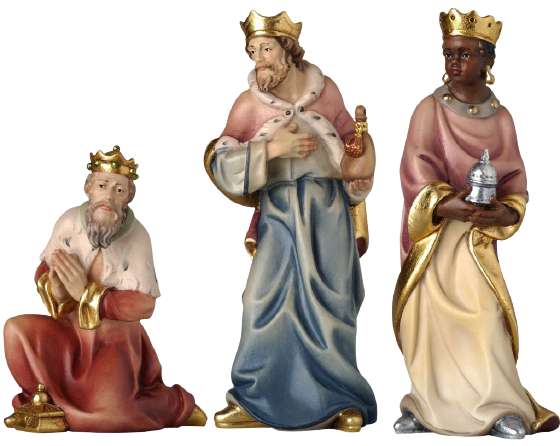
Gaspar, Melchior and Balthasar: who were the three wise men?
The real existence of the three sages from the East has never been proven. Therefore, the attempt to answer the question is subject to many interpretations, assumptions and conjectures. But Gaspar, Melchior and Balthasar have become an integral part of our nativity scenes.
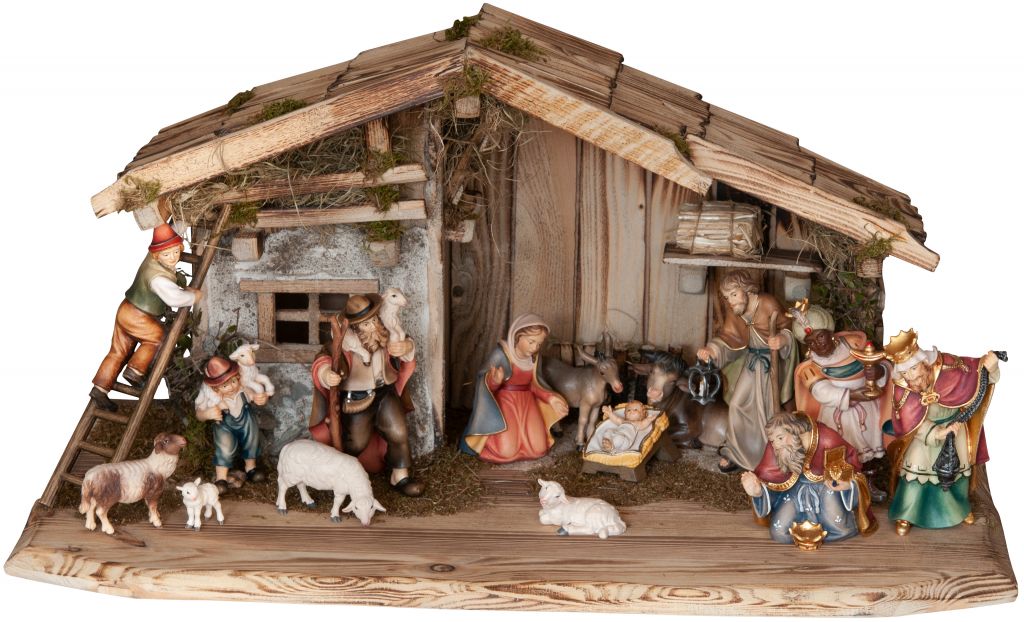
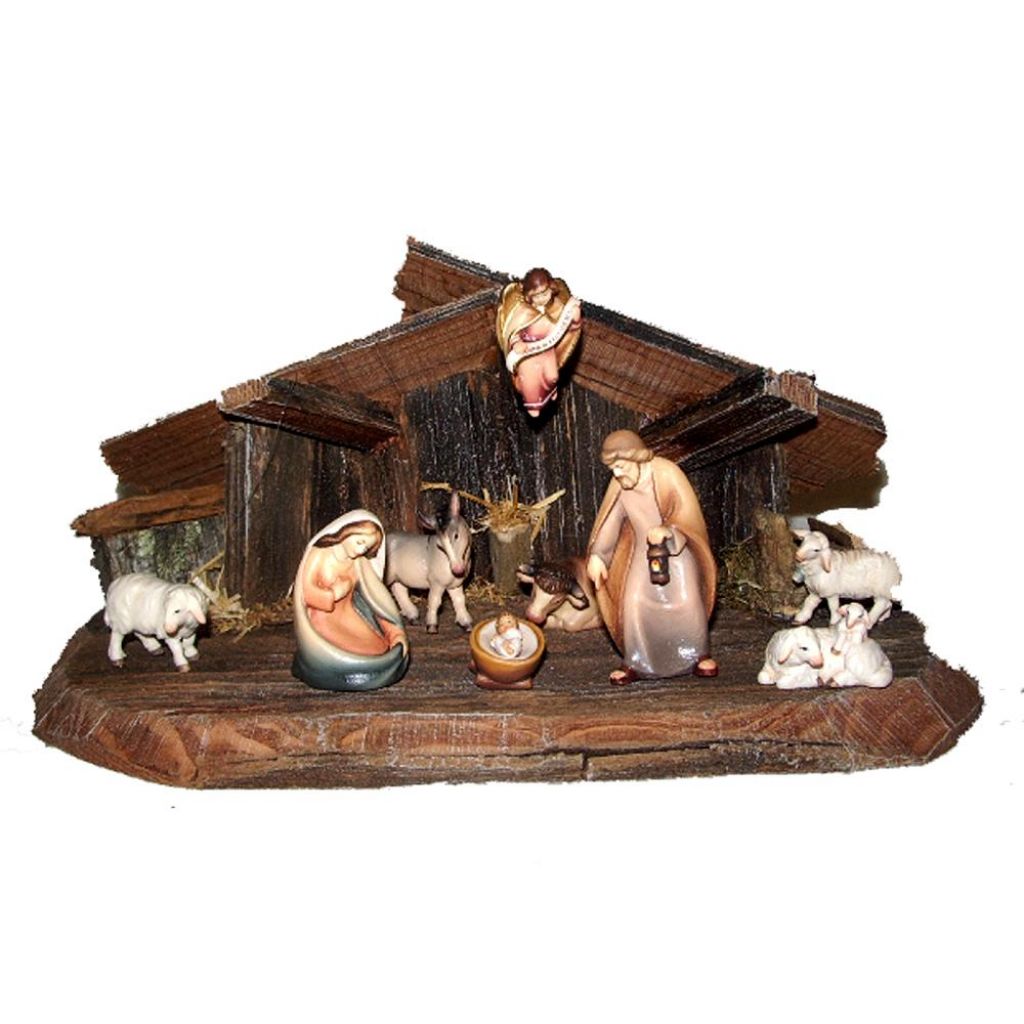
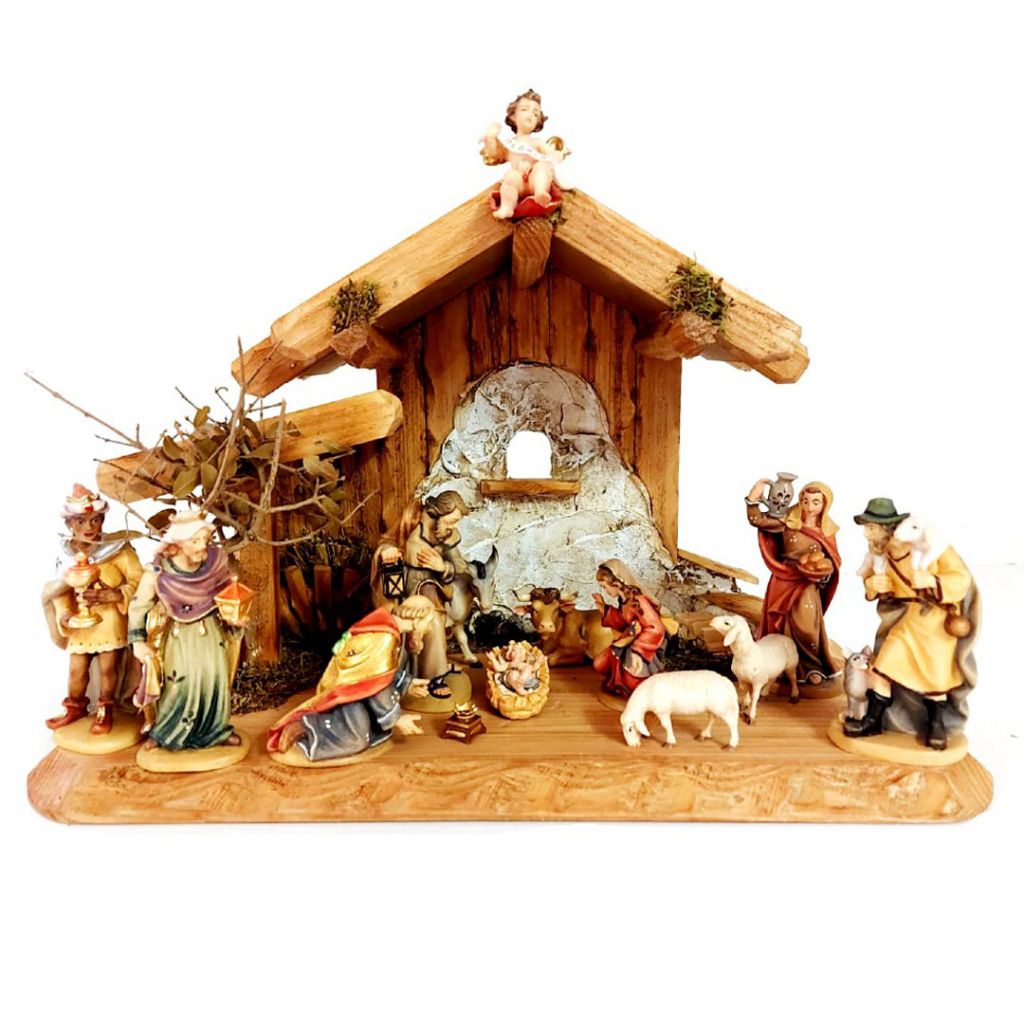
According to tradition, these three men came from the Orient, that is from today's Middle East. Their clothing points to their origins in Persia. There, scientists considered to be extremely wise probably worked as astrologers. They noticed the rising of a new star. This star appeared in the sky with a brightly shining tail, but according to modern scientific research, it was probably not a comet, but a close encounter between the two planets Jupiter and Saturn. Some different interpretations describe the sages as magicians and wizards who had a sense of the supernatural, or also as alchemists or healers. Many legends are circulating about the life of these three men, who are usually portrayed as relatively rich.
One of them says that each of them was appointed as bishop by the Apostle Thomas. They allegedly acted as successful missionaries and died shortly after. According to another legend, the sages were buried in a common tomb, which St. Helena is said to have found in 326. In July 1164, their bones reached Cologne Cathedral, where they have since rested and worshiped as relics in the shrine of the Three Kings.
The meaning of the names of the three sages
The name Gaspar (or Casper) comes from Persian and means " treasure keeper" or "treasurer". Gaspar is often depicted in the paintings as a dark-skinned African who donates myrrh. Myrrh is a symbol of human transience, and in some interpretations it is associated with the later passion and death of Jesus.
Melchior is a Hebrew name and means "king of the light". Melchior has European features and gives the child Jesus a gold. Gold is considered to be the rarest commodity worthy of a king, the Son of God.
The name Balthazar also comes from Hebrew and means something like "God will save" or "God will help". However, the translation of this name from Old Syriac can also be "God save the king". Balthazar is associated with Asian origin. It brings incense, which is considered a divine symbol.
History or origin of the Feast of Epiphany
The story of the three kings has its origin in the Gospel of Matthew. There we read that the wise men came to Jerusalem and Bethlehem from the East to pay homage to the new-born king and to visit him. Like the shepherds, they followed a shining star that had just come out into the sky and led them to the Holy Family.

As members of the upper class, they enjoyed high prestige and were able to donate gold, incense and myrrh to the child. By the way, Matthew did not state their number. Number three was derived later from the number of donations. He also did not call them kings or address them by name. This custom has only existed since the 8th century. Much more important than the actual history of the three sages seems to be their symbolic significance.
Symbolism of the number three
Number three was considered sacred in many cultures and referred to deity in religion and mythology. Examples are the Christian Trinity, the Roman Trinity of Juno, Jupiter and Minerva, the Egyptian Trinity of Horus, Isis and Osiris, or the division of the world into heaven, earth and the underworld. Indian religious philosophy knows being, thinking and beatitude. However, let us return to the three sages, who are also associated with the three stages of life - youth, adulthood and old age, as well as with the three biblical "races" of the Hams, Shems and Japheths - as descendants of the sons of the biblical Noah. In addition, the three sages were already associated with the continents of Africa, Asia and Europe around 700, which is reflected in their depictions.
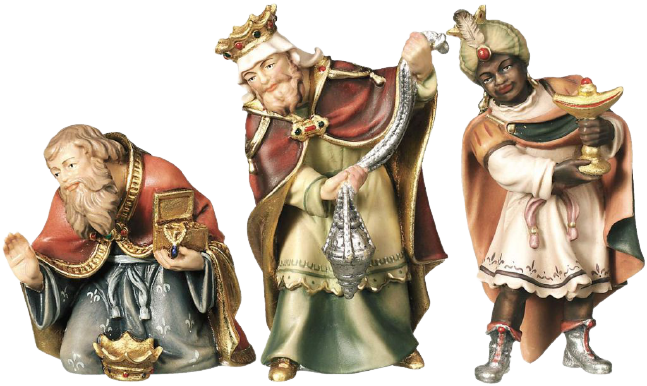
The biblical narration of the birth of Jesus speaks of the worship of pastors as well as the worship of the sages. According to tradition, shepherds are a symbol of the Jews and the sages refer to the Gentiles. They all stand together piously, filled with peace, to pay homage to the incarnate Messiah. Given many of today's religious wars and crisis areas that are shaking up the struggle, we can assume that this one moment in Bethlehem's crib was the most peaceful moment on earth. And in this respect, it is a great symbol of hope for humanity, whatever its faith.
The three kings were never officially canonized. However, their names get used to be written at the door of dwellings and stables during the consecration, as begging for protection for property and households.
Epiphany games
The custom of the Epiphany games falls into the fourth century. Originally, St. Mary allegedly communicated with the three kings in the form of a sung dialogue. It is, of course, very questionable whether this really happened. Undoubtedly, however, the origin of singing, which changed here and there and enjoyed great popularity, especially in the 15th century. Some even claim that carols on the Three Kings laid the foundation for the later tradition of the Epiphany carollers.
Feast of Epiphany today
January 6th is considered to be the day the sages, led by the star, came to Bethlehem. It is the day of the revelation of the deity of Jesus, Epiphany is a great religious feast, which is celebrated in the Protestant, Catholic and Orthodox Churches as "Theophany". In connection with the royal gifts that are handed over to child Jesus on this day, in some European countries the "family gift ceremony" takes place only on this day. This custom is common in Spain and Russia, for example. In Germany, however, Epiphany also mark the end of the Christmas season. Many families postpone their Christmas tree after January 6th.
Countries where Epiphany is a national holiday include Andorra, Greece, Croatia, Cyprus, Finland, Iceland, Liechtenstein, Poland, Austria, Slovakia, Spain, Sweden and Italy. In Germany, however, Epiphany Feast is celebrated only in the federal states of Bavaria, Baden-Württemberg and Saxony-Anhalt. The situation is similar in Switzerland, where January 6th is recognized as a public holiday only in some areas of Graubünden and in the cantons of Schwyz, Ticino and Uri.























